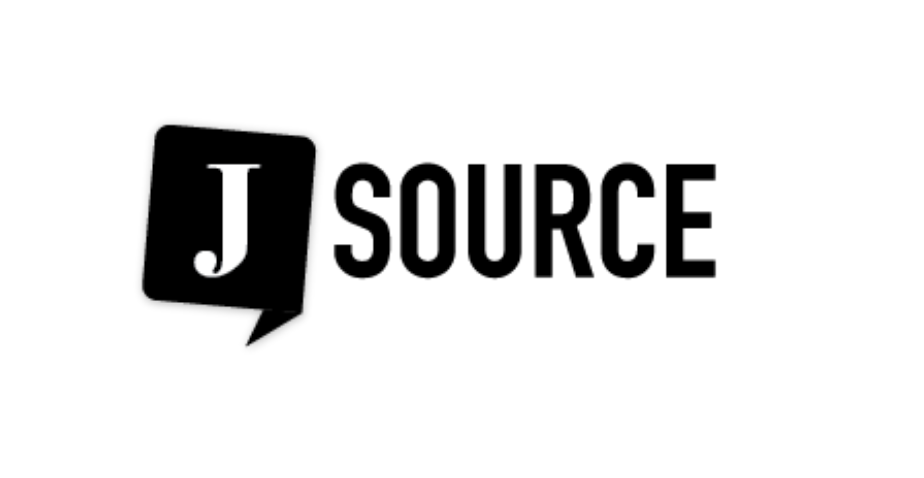Ingram: What journalists must do when information is everywhere
Journalists need to embrace their changing role as a trusted curator and aggregator of news, Mathew Ingram said at a recent event in Ottawa. Education editor Melanie Coulson reports.
By Melanie Coulson, Education Editor
Journalists need to embrace their changing role as a trusted curator and aggregator of news, Mathew Ingram said at a recent Third Tuesday event in Ottawa.
Ingram said the theme of his talk on online journalism “what’s different? What’s the same” was really “the Good, the Bad, the Ugly.” He wanted to start with the bad because… well… the bad is pretty bad.
Speaking at a Byward Market pub, Ingram showed a graph of newspaper revenue, which he called “the cliff of despair.”
Related content on J-Source:
- Live blog: Mathew Ingram: Online Journalism: What’s different? What’s the same?
- Multimedia journalism is like sex in junior high: Garcia
- Opinion: We Need a Digital-First Curriculum to Teach Modern Journalism
The money just isn’t there anywhere, and newspapers are making a mistake in going to readers for revenue.
The paywall, growing more and more common in North America, isn’t a solution, Ingram said. Paywalls are only a sandbag strategy, Ingram said. They don’t generate a lot of new revenue or readers. “Paywalls don’t help you innovate,” Ingram said.
[node:ad]When @globeandmail had a paywall on 2005, @mathewi started blogging more so it wasn’t behind paywall #3tYOW pic.twitter.com/I2pluZdBUO
— melanie coulson (@mel_coulson) October 21, 2013
The New York Times and Wall Street Journal paywalls work because they have information that people value, he said. But if you’re a medium-sized news organization in a regular mass market, you’re going to lose people. He noted the Boston Globe has seen only four per cent of its readers signing up to online subscriptions.
New sources of information
While traditional news organizations like his former employer The Globe and Mail put up paywalls, there are new emerging sources of online information.
Standing in front of a slide of grumpy cat, Ingram spoke about Gawker, Buzzfeed and Huffington Post as examples of online information sources. They looked inconsequential when they showed up, but these are becoming the new media entities, he said.
To continue reading this story, please visit Melanie Coulson’s blog. You can also check out her liveblog of Ingram’s talk here.

